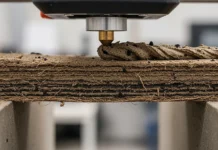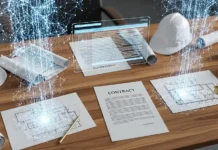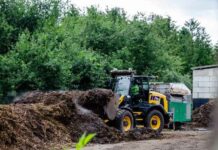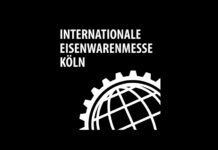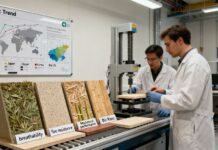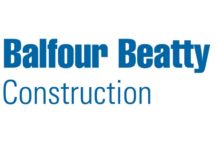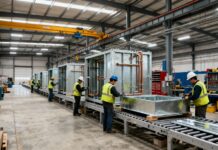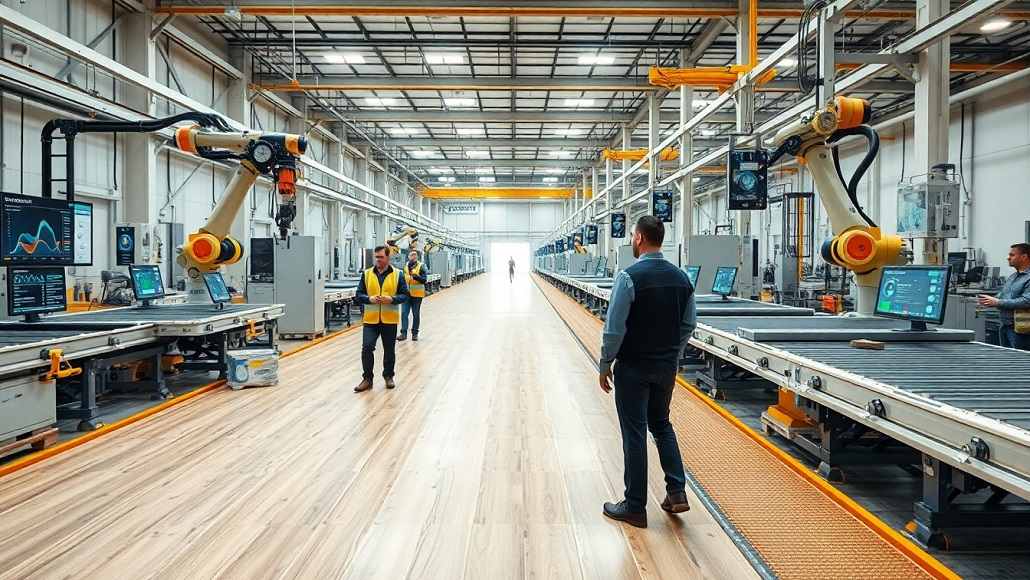The flooring industry has always played a vital role in the global construction ecosystem. As architectural trends, sustainability concerns, and technological innovations advance, the flooring sector is at a significant turning point. The year 2025 is expected to be a pivotal moment for the flooring business, ushering in a period of substantial growth and change. This article explores the strategic vision, developing trends, and innovative pathways that are reshaping the landscape of the flooring industry in 2025 and its related industries.
Navigating the Age of Innovation and Disruption
The flooring department has evolved from the rudimentary grounds to a sphere of aesthetics, sustainability, and technology. The path for the flooring industry in the future is predicated upon finding some equilibrium among the customer preferences, environmental concerns, and acceptance of new technology.
Consumer-Centric Design Evolution
Today’s consumer is as well-informed and design-focused as ever before, creating a greater demand for complex and unique flooring products. Flooring companies are now modifying their product offerings to have a wider selection of custom products that represent individual tastes and interests. From high-end hardwood finishes to synthetic products that emulate natural hues, the selections are growing by the day.
Another significant change is the emergence of multi-functional floor solutions. For example, soundproof floors in city areas and temperature-managing floors for hostile climates are soon to be a market leader. These reflect the necessity of providing more than what is traditional in flooring.
Sustainability as the New Imperative
Sustainability is no longer a catchphrase—it’s an expectation. Flooring businesses are coming under increasing pressure to lower their carbon footprint and adopt greener methods, from raw material sourcing to manufacturing and post-consumption disposal.
Eco-Friendly Materials Revolution
The flooring industry in 2025 has seen a revival in demand for sustainable materials, such as bamboo, cork, reclaimed rubber, and reclaimed wood. Manufacturers not only conserve the environment by using renewable materials but also align with an increasing consumer base that is ethically-minded.
That’s not all innovation. Modular flooring products are catching up because they can be recycled and easily replaced. These types of systems also reduce wastage and align with circular economy principles.
Sustainability Benchmarks for Flooring Companies
Businesses are finding more and more ways to align themselves with global sustainability standards. Green certifications like LEED (Leadership in Energy and Environmental Design) are becoming absolutely necessary for achieving marketplace credibility. Additionally, measures to conserve water and energy during manufacturing are becoming industry norms.
Tech-Driven Flooring Innovations
Technology has made it possible for flooring to become so much more than a mere passive building element. Smart flooring, augmented reality features, and machine learning are changing both production and end-user experience.
The Age of Smart Flooring
Smart flooring technology, which has sensors integrated into it, is increasingly becoming a feature of contemporary infrastructure. These floors can sense foot traffic, identify structural flaws, and even modify parameters like temperature and lighting. Hospital floors, for instance, which have health-monitoring sensors integrated into them, can monitor the movement of patients and respond to emergencies faster.
AR apps let customers try different flooring solutions virtually in their homes. At the same time, AI works behind the scenes, ensuring supply chain management contributes to faster delivery and lower prices.
The Role of Robotics in Manufacturing
Automation has entered the flooring production units, where robots provide accuracy and efficiency. For instance, the robotic arms have started being used to fit very complex designs and patterns with absolute precision. Not only is this reducing errors, but it is also cutting down labor expenditure massively.
Global Market Trends and Strategic Projections
The flooring industry is 2025 set to continue its growth fueled by urbanization, rising disposable incomes, and premium infrastructure demand. By examining the emerging market trends, companies can align themselves more effectively with prospects.
Emphasis on Emerging Markets
The urbanization of emerging economies, specifically in Asia and Africa, is driving the need for affordable and durable flooring solutions. Companies that invest in these countries are likely to achieve big gains, particularly in the mid-tier market, which is positioned as offering quality at an affordable price.
Luxury Flooring on the Rise
The demand for high-end flooring solutions, ranging from custom hardwoods to marble and designer tiles, is seeing a sharp growth amongst high-end consumers. The luxury segment is fueled not just by their aesthetic appeal but by the status of owning upmarket brands.
Data-Driven Decision Making
Information has become the backbone of contemporary business activities, and the flooring business is not left out. Businesses are using big data analysis to tap into purchasing behavior, forecast market conditions, and enhance customer experience.
Customized Consumer Experiences
Through customer data analysis, flooring businesses can suggest products that fit individual ways of life. The degree of customization not only raises satisfaction levels but also increases loyalty towards brands.
Challenges and Opportunities
Challenges
- Supply Chain Disruptions: Geopolitical tensions and environmental aspects have made global supply chain disruptions an ongoing challenge.
- Skilled Labor Shortage: Even with automation, premium installation needs skilled professionals.
- Legal Compliance: Due to the frequent establishment of new rules on the handling of materials and their environmental impact, constant surveillance and adaptation are necessary.
Opportunities
- Possibilities Partnerships: The flooring sector is poised to be further automated through partnerships between technology companies and flooring companies.
- Sustainable Investments: Investors and consumers alike are more likely to put their money into businesses that have earned green certifications and use sustainable production practices.
- Vertical Integration: Firms opting for end-to-end supply chain management are able to become more cost-effective and product consistent.
Case Study: AI-Supported Flooring Decisions
One of the more dramatic applications of technology integration is the utilization of artificial intelligence to aid consumers in choosing flooring solutions. Businesses are utilizing algorithms that read room space, lighting levels, and even color palettes. The technology provides personalised suggestions, making the purchasing experience effortless.
Materials Usage Trend: 2025 and Beyond
| Material | 2025 Projections | Environmental Impact |
| Bamboo | High Usage | Low |
| Recycled Rubber | Moderate | Low |
| Carpets | Declining | High |
Strategic Blueprint for Success
To thrive, flooring manufacturers must adopt a forward-thinking strategy that accommodates shifting global trends. The goal for 2025 is crystal clear: firms must innovate, diversify, and adapt. This involves investing in environmentally friendly methods and using cutting-edge technologies.
Not content with simply meeting modern demands, the flooring industry in 2025 is setting new benchmarks for what is possible through consumer demand forecasting, data leveraging, and a dedication to sustainability.




